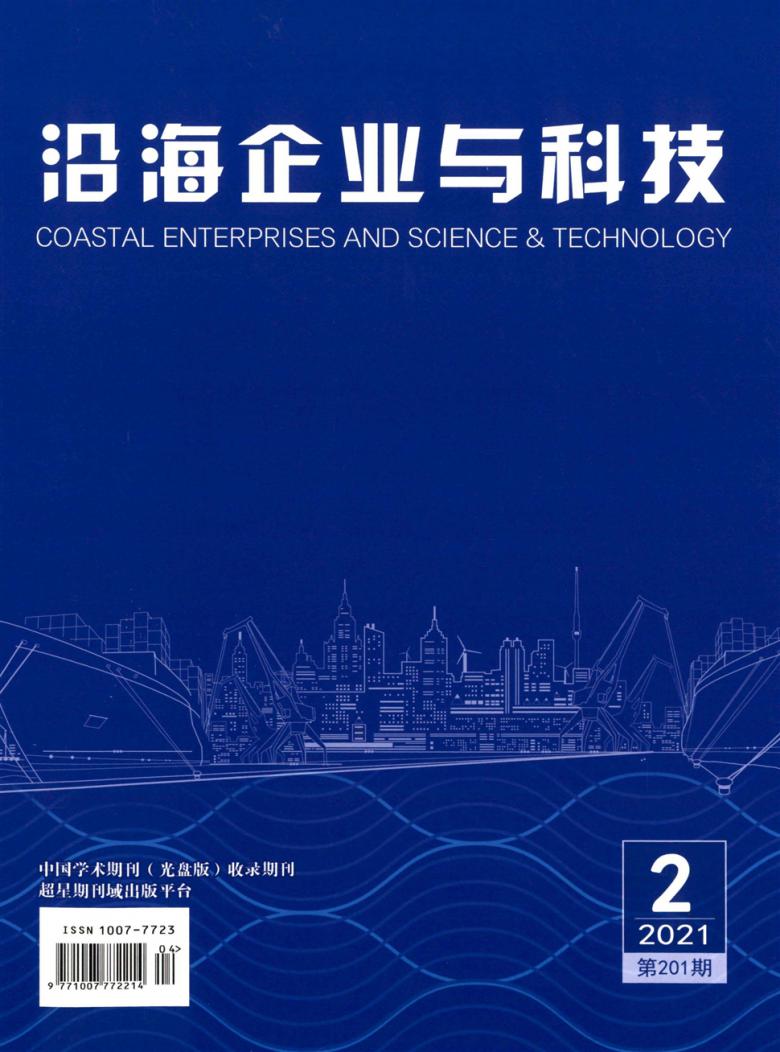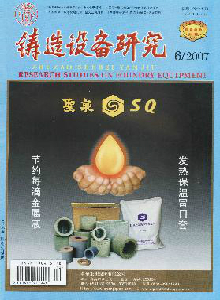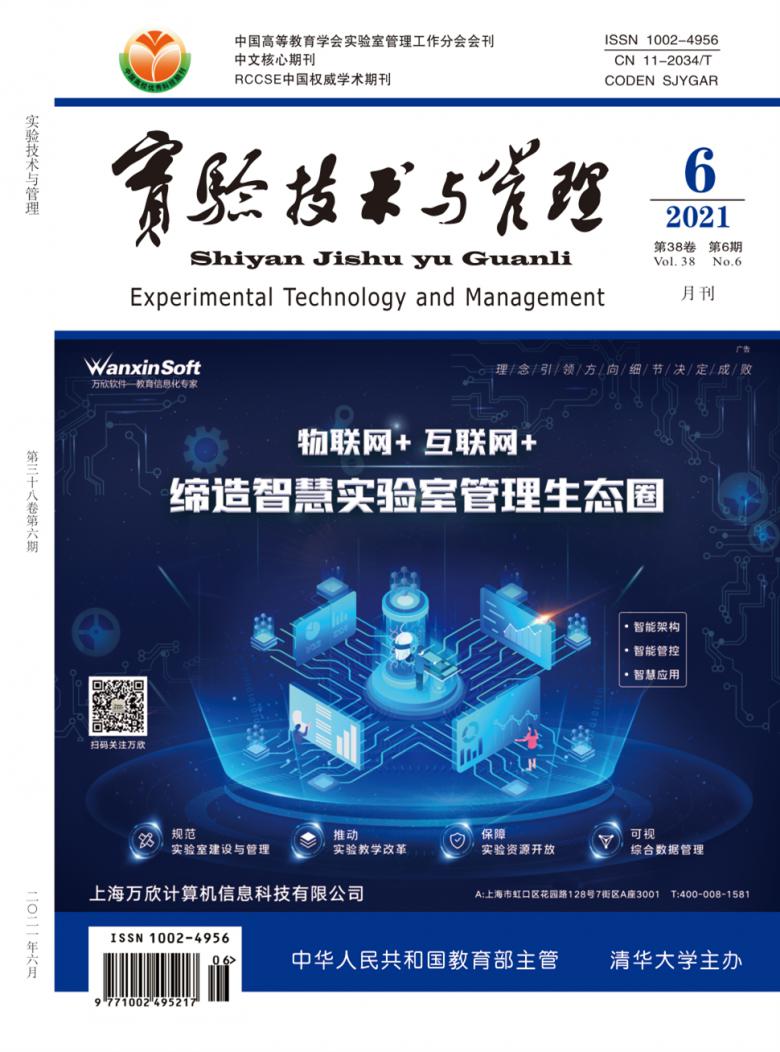
Journal of Materials Science Technology杂志
- 主管单位:中国科协
- 主办单位:中国科协
- 国际刊号:1005-0302
- 国内刊号:21-1315/TG
- 影响因子:2.270
- 创刊:1985年
- 周期:月刊
- 发行:辽宁
- 语言:中文
- 邮发:
- 全年订价:¥537.60元
发表流程

《Journal of Materials Science Technology》The aims of this journal are to enhance the international exchange of scientific activities. It reports principally the achievements of materials science and engineering all over the world, putting the stress on the original research papers, review articles invited by editor, letters, research notes with novelty as well as brief of scientific achievement, covering a broad spectrum of materials science and technology, encompassing: metallic materials, inorganic nonmetallic materials, composite materials.
《Journal of Materials Science Technology》登世界各国的具有创新性和较高学术水平的原始性论文,该杂志已被誉为看中国材料研究发展趋势的一个窗口。
1.Submission of Papers
Electronic files of MS Word and PDF are acceptable. Submission of a manuscript must be the original work of the author(s) and has not been published elsewhere or under consideration for another publication, or a substantially similar form in any orhter language.Authors are encouraged to recommend three to five individuals (including their research fields, e-mail, phone numbers and addresses) who are qualified to serve as referees for their paper.2.Manuscript Preparation
All manuscripts should be written in English. Letters are generally no more than three journal pages. Research articles and review articles have no page limit. The supporting organization and the grant number should be given in the section "ACKNOWLEDGEMENT(S)" of the manuscript.
3.Title
The title of the paper should be concise but informative.
4.Author name(s)
A list of all authors, as well as corresponding addresses, should be provided on the title page. Authors’ names should be given in a consistent form on all publications to facilitate indexing. It will be better if the technical titles, fax number(s), e-mail address(es), and telephone number(s) are all provided.
5.Abstract
The abstract should be no longer than 500 words. It should be informative, without descriptive words or citations, and contain the major conclusions and quantitative results or other significant items in the paper. Together with the title, the abstract must be adequate as an index to all the subjects treated in the paper, and will be used as a base for indexing.
6.Mathematics
Variables should appear in italic text. Vectors should appear in bold italic text. Capital and lower-case letters should be distinguished clearly where there could be confusion. Fractional exponents should be used to avoid root signs. Extra symbols should be introduced to avoid complicated exponents or where it is necessary to repeat a complicated expression a number of times. The slash (/) should be used wherever possible for fractions. Mathematical derivations that are easily found elsewhere in the literature should not be used.
7.Notation
Notation must be legible, clear, compact, and consistent with standard usage. All unusual symbols whose identity may not be obvious, including subscript or superscript, must be made comprehensible. Physical and mathematical variables should be in italic, vectors in boldface. Units, abbreviations and special functions should be upright. Please add notes to explain any other special symbols.
8.Figures
Figures should be original graphs (*.tif) with high contrast, suitable for immediate reproduction, typed on separate sheets and identified by its number. Width of an image should be sized to 6.5 cm for one column, 13.5 cm for full columns; and a maximum width is 15 cm for full page. In the figures, the main lines should be about 0.3 mm in width, and the assistant lines 0.15 mm. Notations in the figures should be distinct and consistent with the same ones in the text, and their font size will be 8-10 pt. Line drawings and graphs must have exported resolution of at least 1200 dpi. Photographs and micrographs must have resolution of at least 300 dpi (600 dpi if there is text or line art in the figure). Please use LZW compression. The positions of figures should be marked in the text by boxes of a suitable size. Each figure should have its own caption.
9.Tables
Tables, numbered in order of appearance, should be appended on separate sheets and identified with appropriate titles. The table title, which should be brief, goes above the table. A detailed description of its contents or table footnotes should be given directly below the body of the table.
10.References
References must be published work, and numbered consecutively in order of their first citation. References should be listed individually at the end of the text and indicated in the text with a superscript number in square brackets. All of the authors, as well as the titles of the reference articles should be given. Here are some examples of how to set the most common reference types:
Journals:
F. Huang, N.R. Tao, L. Lu, Effects of Strain Rate and Deformation Temperature on Microstructures and Hardness in Plastically Deformed Pure Aluminum, J. Mater. Sci. Technol. 27 (2011) 1–7.
Books:
W. Strunk Jr., E.B. White, The Elements of Style, third ed., Macmillan, New York, 1979.
J.Q. Yu, Atlas of Binary Alloys Phase Diagram, Shanghai Scientific and Technical Publishers, Shanghai, 1983, pp. 334–339. (in Chinese)
Conference proceedings:
G.R. Mettam, L.B. Adams, in: B.S. Jones, R.Z. Smith (Eds.), Introduction to the Electronic Age, E-Publishing, Inc., New York, 1994, pp. 281–304.
Patents:
C.G. Bai, L. Murr, W. Smith, A Novel Method for Preparing Al Base MMC, US Patent, No. 200101133, 2001.
Dissertations:
K.L. Corwin, A Circularly-polarized Optical Dipole Trap and Other Developments in Laser Trapping of Atoms, Ph.D. Thesis, University of Colorado, 1999.
Online references:
H.R. Sheikh, Z. Wang, L. Cormack, A.C. Bovik, Live Image Quality Assessment Database Release 2, September 8, 2006.
11.Proofs
Authors will receive a letter informing them whether the manuscript is accepted or rejected in three months. Authors should return their revised manuscript to editorial office within one month on receipt. When an article has been amended in compliance with the comments of referee(s), an electronic file of the final version should be sent with the revised manuscript. Proofs will be sent to the authors and should be returned preferably within 48 hours to avoid publication delays.
12.Copyright
As the manuscript has been accepted, all authors should transfer the copyright of the article, including that of the printing and on-line version, to the publisher. All authors must sign the Copyright Transfer Agreement before the article can be published. This transfer will ensure the widest possible dissemination of information.
-
的反馈:
退得挺快,挺好的[流泪]
-
的反馈:
Journal of Materials Science Technology杂志审稿较快,14天左右就发回退修,退修之后10天左右再次退修,我吸取上一篇投稿的教训(退修了两次仍未达到要求,退稿了),仔细按照编辑发来的要求修改,顺便提一下,编辑人很好,修改之后很快录用,9个月之后见刊。
-
的反馈:
各位学友,这个期刊是不是投稿就会通过初审? 看我很多投稿的朋友说,初审后被拒稿的也很多啊……
-
的反馈:
你好,请问Journal of Materials Science Technology杂志字数要求最高包括参考文献是多少字呢?是不加参考文献6000字以内呢?还是加上参考文献6000字以内呢?
-
的反馈:
请问一下,Journal of Materials Science Technology杂志 投稿授权证明要不要盖单位的章,录用了,说要搞个什么授权证明。
-
的反馈:
退修了三四次,基本都是格式和缩减字数,可能文章比较符合期刊主题。样刊是平邮,大家一定要写好自己的详细地址,越细越好流泪
-
的反馈:
五天了还是已发回执状态 什么情况?有人知道么
-
的反馈:
求助各位学友,还有3天就投稿满一个月了,但是现在目前仍然是初稿待处理,请问这样是不是就没希望了呀。现在想撤稿了,官网也没有撤稿的选项,请问该如何撤稿呢?
-
的反馈:
Journal of Materials Science Technology杂志校稿认真负责,每次打电话都不厌其烦地回答我的不解之处。外审专家的审稿意见也很诚恳详细,对文章帮助很大!杂志质量还是挺不错的。
-
的反馈:
感觉还是挺难投的,不过编辑老师挺好的。去年八月份投了一篇文章,修改后录用了,今年投了篇,个人感觉比上一次写的好,却退稿了,可能这就是命吧










